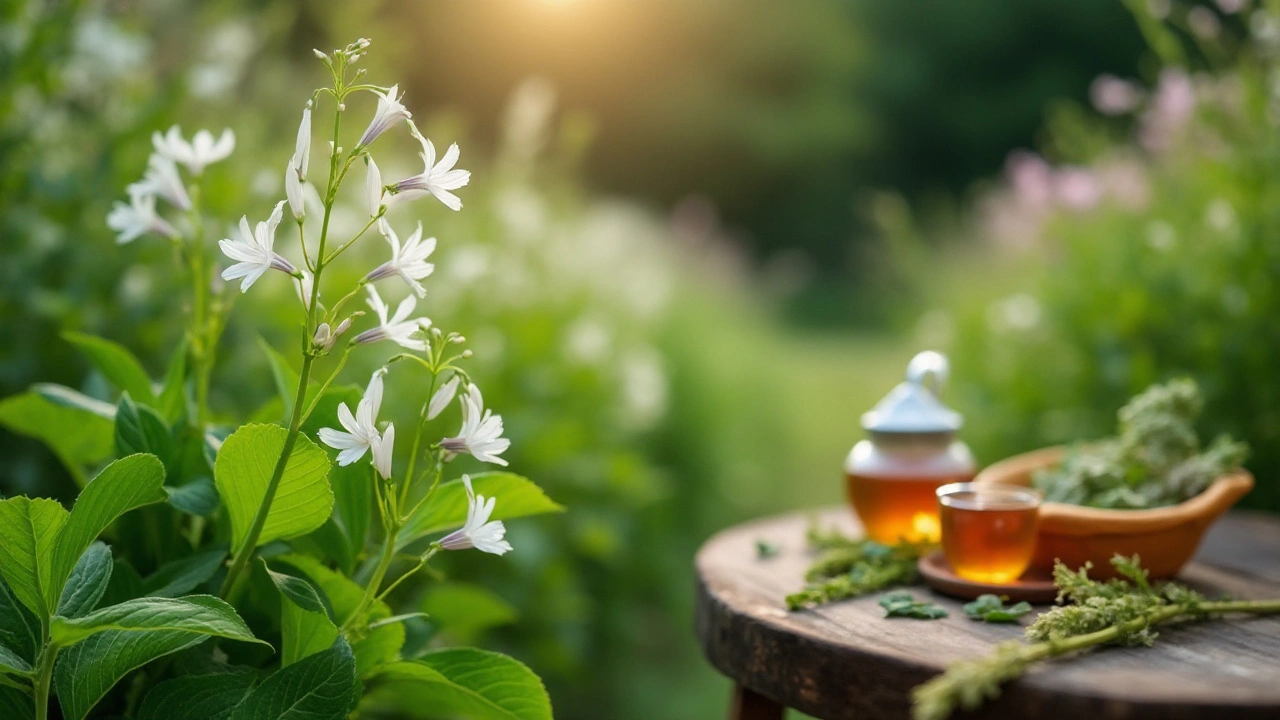Herbal Remedy Basics: Easy Natural Solutions for Everyday Health
Ever wonder if a cup of tea or a leaf from your garden could help a nagging problem? Herbal remedies are plants people have used for centuries to calm, heal, or boost the body. Today you can find them in teas, capsules, oils, or even fresh leaves. The trick is knowing which herb does what, how much to take, and when to stay away.
Common Herbs and What They’re Good For
Chamomile – a calming herb that helps with sleep and mild stomach upset. A warm cup before bedtime can make it easier to fall asleep without relying on pills.
Ginger – great for nausea and digestion. Fresh ginger slices in hot water or a small ginger chew can settle an upset stomach fast.
Turmeric – contains curcumin, which reduces inflammation. Adding a pinch to cooked veggies or a golden milk drink may ease joint aches.
Echinacea – often used when a cold is starting. A few days of tea or a supplement might shorten the run‑of‑the‑mill flu.
Peppermint – relaxes the gut and eases headaches. A few drops of peppermint oil on the temples or a peppermint tea can be a quick fix.
How to Use Herbs Safely
First, start small. Even natural things can cause reactions if the dose is too high. Begin with the lowest recommended amount and see how your body reacts.
Second, check interactions. Some herbs can mess with prescription meds – for example, St. John’s wort can lower the effectiveness of birth control pills or antidepressants. If you’re on regular medication, ask a pharmacist before adding a new herb.
Third, buy from reputable sources. Look for brands that list the exact plant species, country of origin, and third‑party testing. Cheap bulk powders often hide contaminants.
Finally, store herbs properly. Keep dried herbs in a cool, dark place and seal them tightly. Fresh herbs last a few days in the fridge, while dried herbs can keep for a year if kept dry.
Remember, herbs are not a cure‑all. They work best for mild, short‑term issues. If symptoms linger, see a healthcare professional.
By picking the right herb, using the correct dose, and watching for interactions, you can add a natural toolkit to your health routine without breaking the bank.

